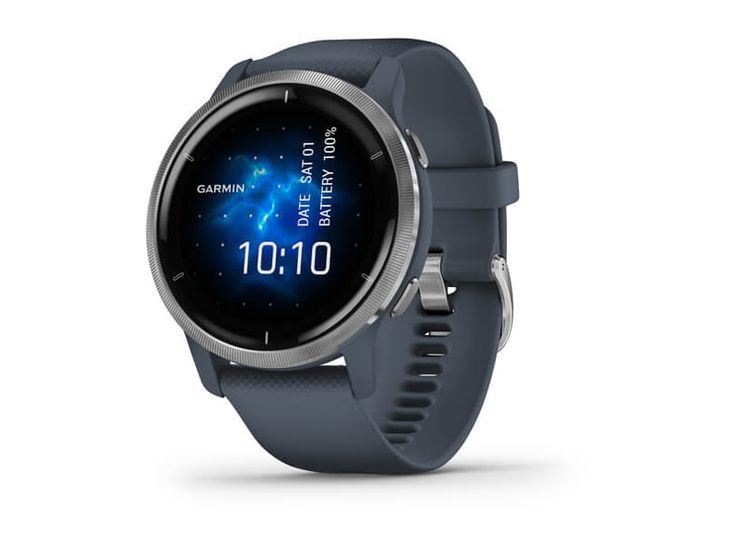The health-tracking smartwatch is able to give users their body age by using their chronological age, activity, resting heart rate, and BMI or percent body fat. It has sleep score capability. The Venu 2 gives users specific insights about their sleep, including light, deep, and REM sleep. Users can also view information about their pulse oxygen and respiration rate when sleeping.

Moreover, users can observe their health records over time with a “health snapshot” function, which logs, records, and shares health statistics. Wearers can also gain insights into their Pulse Ox2, stress rates, and hydration. The watch has a fitness focus and provides users with more than 25 sports apps. It is listed at $399.
The report found that adults making over $75,000 a year were the most likely to own a wearable. Household brands such as Fitbit, Apple, and Amazon have rolled out a slew of consumer-grade wearables. Like Garmin, these companies are pitching the technology as a way to help users boost their fitness and lifestyle.
Garmin consistently rolls out new watches multiple times a year. In 2021 alone, it unveiled its Enduro, a watch designed for athletic training with GPS, and a smaller wearable called Lily, which the company pitched as a product “designed by women, for women.”
However, unlike other wearable companies, Garmin has not yet integrated an ECG into its products. In 2018, Apple changed the wearable game when it announced an atrial fibrillation-detecting algorithm and an ECG for the company’s Series 4 Apple Watch.

